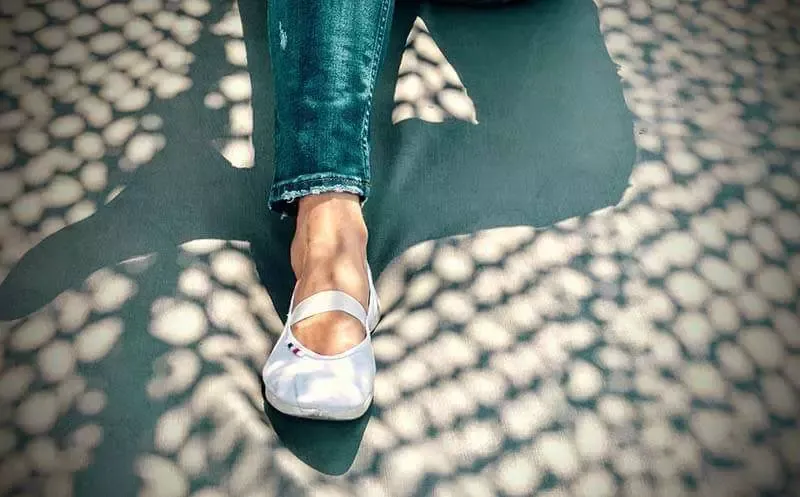Wearing flat soled shoes is bad for your feet and prolonged use can cause health problems.
Flat soles are the most common type of shoe in the world today. They’re also one of the worst types of shoes to wear on a daily basis. The reason why? Because they don’t provide any support or cushioning for your feet. This means that when you walk around all day long, your feet will be constantly pounding against the ground and over time this can lead to pain and discomfort. This can cause problems like bunions, hammertoes and plantar fasciitis. It can also lead to muscle strain and tendon tears.
The problem with this kind of shoe is that it forces your feet into an unnatural position. When you put weight on one side of your foot, it naturally rolls inward toward the other side. But when you wear flat-soled shoes, your foot has no choice but to roll outward.
The best way to avoid these issues is to buy shoes with good arch support. These shoes will help keep your arches healthy by providing them with extra padding.
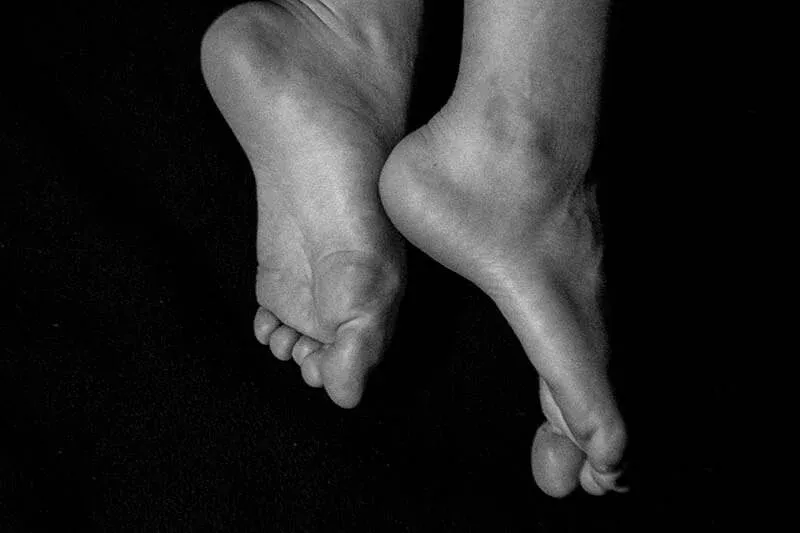
What Exactly Is A Flat Shoe?
A flat shoe is a shoe without any arch support or cushioning. The sole is normally made from hard plastic or rubber. These types of shoes are usually worn by people who want to be comfortable while they’re out running errands or going about their daily lives.
If you spend most of your time walking on your feet or standing at a desk all day long, then these kinds of shoes aren’t good for you. They don’t provide enough support for your feet, so you could end up developing painful conditions like bunions, hammer toes and plantar fascialis.
There are many different styles of flat shoes available today. Some of the most popular include sneakers, loafers, moccasins, clogs, ballet flats, wedges and even flip flops.
Ballet Flats
If you’ve ever seen someone wearing a pair of ballet flats, you know that they look really cool. But did you know that these types of shoes are actually bad for your feet?
They’re not designed to protect your feet, so they won’t do much to prevent injuries such as blisters, calluses, corns and ingrown nails. They also make it easy for you to trip over objects, which can lead to falls and sprains.
Ballet flats are especially dangerous for women who are pregnant. If you’re carrying a baby, then you need to avoid wearing these types of shoes because they can easily slip off your feet and injure you.
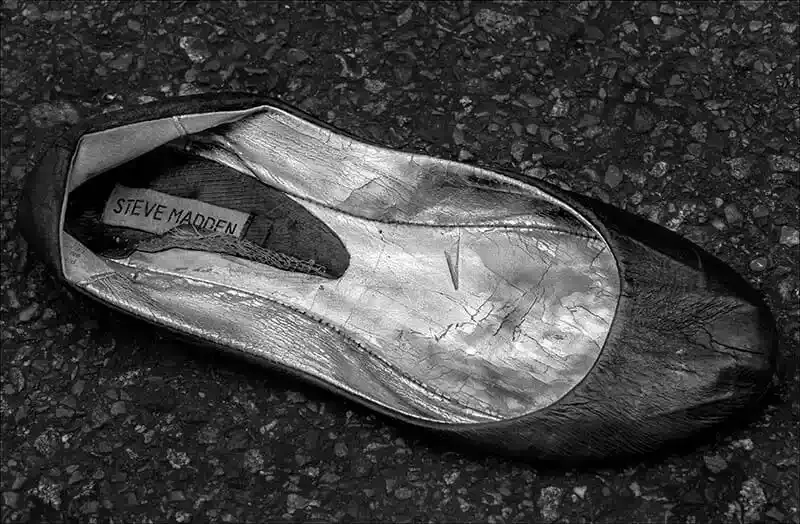
Moccasin Shoes
These types of shoes were originally used by Native Americans. They’re still very common among certain cultures around the world. Moccasin shoes are typically made from soft leather and feature decorative patterns.
These types of shoes are great for protecting your feet against sharp objects and rough surfaces. But they’re not designed for comfort. You may find yourself having trouble getting your feet into them and they can rub against your ankles and calves.
Flip-Flops
The most common type of shoe is called a “flip-flop,” and it offers minimal protection against injury while providing little comfort. Flip-flops offer no arch support, which can lead to knee pain, hip pain, back pain and even ankle sprains. They’re also great for slipping off easily, since there’s nothing keeping your foot in place.
If you must wear flip-flops, make sure to buy ones with good arch support and slip insoles. You’ll find plenty of options online.
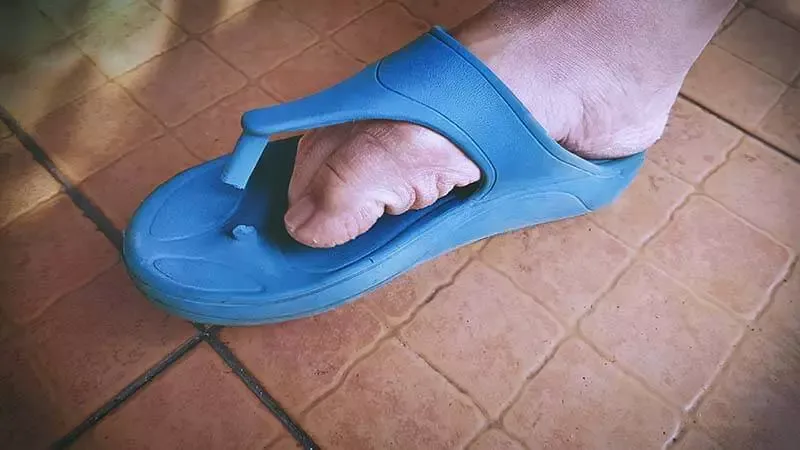
What Are The Risks Of Wearing Flat Shoes?
Flat shoes have been around since the early 1900’s, however the popularity of running barefoot has seen the rise of flat shoes. Flat shoes are designed to mimic the feel of being barefoot, without providing the protection needed for a healthy foot. They do provide some benefits though, such as increased flexibility, and less risk of injury. However, due to the lack of cushion and support, there is a high level of impact going through the feet in flat shoes. This can cause damage to the joints and increase the risk of injury.
The most common types of injuries caused by wearing flat shoes include; plantar fasciitis, metatarsalgia, shin splints, Achilles tendinitis and stress fractures. These conditions can often be treated effectively, however, it is important to seek medical advice if you experience persistent symptoms.
What is plantar fasciitis?
Plantar fasciitis is inflammation of the fascia (the connective tissue) under the foot. The fascia helps to hold the bones together and provides stability to the foot. Plantar fasciitis occurs when the fascia becomes inflamed, causing pain and swelling in the bottom of the foot.
What is metatarsalgia?
Metatarsalgia is another term used to describe pain in the ball of the foot. Metatarsal refers to the five long bones in the toes, which form the base of the big toe. Pain in these bones can occur when the muscles surrounding them become tight and inflexible.
What are shin splints?
Shin splints are a painful condition affecting the lower leg. Shin splints happen when the muscles of the calf tighten up and pull at the bone. This causes pain along the inside edge of the shinbone.
What is Achilles tendinitis?
Achilles tendinitis is an inflammatory condition of the tendon that connects the back of the ankle to the heel. It is commonly known as “heel spurs”. Aches and pains in the heel are usually caused by overuse and poor posture.
What is stress fracture?
Stress fractures are small breaks in the bone caused by excessive pressure. Stress fractures are more likely to occur in athletes than non-athletes. They are also more common in women than men.
How does wearing flat shoes affect my health generally?
Wearing flat shoes puts extra pressure on the joints and ligaments of the foot. Over time this can lead to arthritis, joint stiffness and even osteoarthritis.
Wearing flat shoes can also put strain on your knees, hips and ankles. If you spend a lot of time walking or standing, then wearing flat shoes will make you more prone to developing knee problems like arthritis.
Wearing flat soles can also cause muscle fatigue, especially if you wear them all day everyday.
FAQs
Are flat shoes bad for your back?
Flat shoes don’t necessarily mean they are bad for your back. In fact, many people who run with flat shoes actually find they help their backs! The reason why is because flat shoes allow the foot to move freely, so the body doesn’t need to work too hard to keep the foot stable.

Are flat shoes bad for your knees?
Flat shoes aren’t always bad for your knees. Some runners use flat shoes because they want to reduce the amount of impact on their knees. Others choose flats because they think they look better.
You should always try on different pairs of shoes until you find ones that feel comfortable. It is important to note that not all shoes are suitable for everyone. Some people have narrow feet, others have wide feet, and still others have very high insteps (the part of the shoe where the heel meets the rest of the shoe).
Can I wear flat shoes while exercising?
Yes, but only if you want to. You should always consult a doctor before starting any new exercise regime.
Is there anything wrong with having high arched feet?
High arched feet are perfectly normal. However, if you have high arched feet and you suffer from chronic foot pain, then you may benefit from seeing a podiatrist.
Is it safe to wear flat shoes during pregnancy?
Yes, it is perfectly fine to wear flat shoes during your pregnancy. There is no evidence that wearing flat shoes affects the baby. However, there have been some studies suggesting that wearing high heels may increase the risk of a miscarriage.

Is it bad to wear shoes without arch support?
No, not really. However, there are some benefits to having good arch support. Arch support provides additional cushioning and comfort for the feet. They also prevent the feet from rolling inward, which can lead to bunions.
Can flat shoes cause swollen feet?
It depends on how much weight you carry around in your shoes. If you walk around barefoot most of the time, then you won’t get swollen feet. However, if you wear heavy shoes all day, then you might develop swollen feet.
Can too much arch support hurt your feet?
There is no evidence that wearing too much arch support hurts your feet. However, there is evidence that wearing too little arch support can be harmful. This is because when you stand up straight, your feet naturally roll inward. When you wear too little arch support, this causes the bones in your feet to rub against each other, which can result in painful calluses.
Do flat shoes affect my posture?
Wearing flat shoes does not affect your posture. However, if you spend long periods of time sitting down, then you will probably notice that your posture suffers.
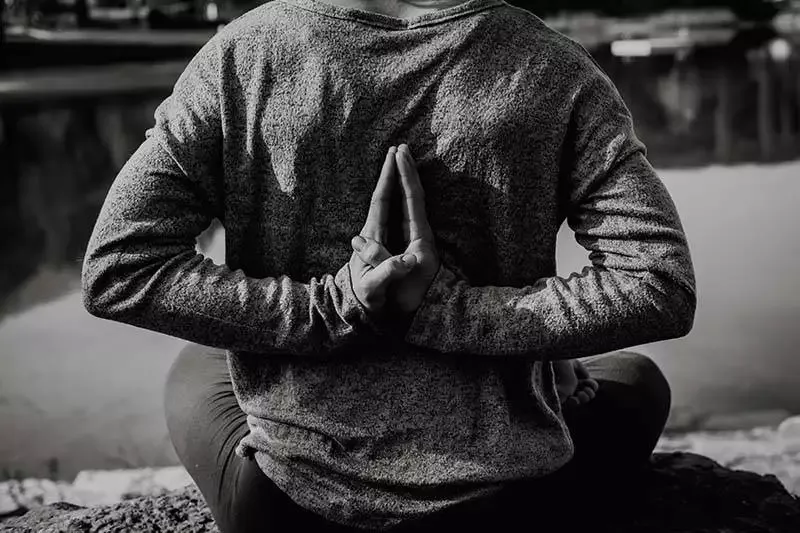
How do flat shoes affect my ankles?
Flat shoes do not affect your ankles. However, if you are prone to ankle sprains, then you should avoid wearing them.
Are flat shoes better than high heels?
Both flat shoes and high heels offer their own unique advantages. The main difference between the two is that flat shoes are more flexible. This means that they allow you to move more freely. On the other hand, high heels are generally stiffer, so they limit your movement.
How do you keep your feet strong and protected?
The best way to protect your feet is by wearing proper footwear. Make sure that you buy shoes that fit well. Also, make sure that you don’t over-exert yourself when walking or running. Wear appropriate clothing, such as socks and tights. Finally, make sure that you take regular breaks and stretch out your legs.
What are the health risks associated with flat shoes?
Flat shoes can cause problems for people who already have an injury or condition. In addition, flat shoes can put pressure on certain areas of the body. These include the ankles, shines, knees, hips, back and neck.
Conclusion
We can conclude that shoes with strong heel counters, ankle support, arch supports and wider toe boxes are better for our feet. Flat shoes can, over time, cause numerous risk factors and may be detrimental to our biomechaneis. Choosing the correct footwear is proving challenging, so make sure you choose the best pair for your needs; you could also get your current footwear evaluated.


